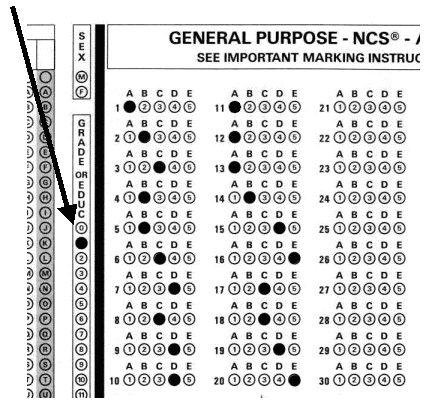One of the most difficult parts of the ACT science section is the conflicting viewpoints passage. In any given ACT science section, there will be only one conflicting viewpoints passage, out of a total of seven passages. The main emphasis is placed on data representation and research summaries, but it is still essential to know strategies that will allow you to quickly and effectively answer the questions for this passage.
The Format
The conflicting viewpoints passage requires the student to answer a number of questions regarding a pair of passages, where two opposing viewpoints for an issue are given and the student must answer questions regarding the areas of conflict and agreement. The topic will often be opposing ideas for a scientific phenomenon such as solar flares, ice on extraterrestrial moons, or tectonic plate movement. These topics are usually still open to speculation, and the passage will describe the major theories related to the phenomenon. These questions will often start off quite easy, asking questions that are supported by direct evidence from the passage, such asking the student to identify which theory relies on a particular piece of evidence. Questions such as this can be treated like regular reading comprehension problems, by quickly scanning the passage for the necessary proof. These questions become more difficult as one progresses, which makes it important to answer as many of the early questions as possible to obtain the easily attainable marks first. The difficulty increases quite quickly though, as the questions become more abstract and require significant inference to answer. For example, the passage might ask how a certain new piece of evidence would affect one of the theories, or how information from one of the theories can be used to explain some other event through extrapolation.
Strategies
There are a number of ways to approach this type of problem, but one method I have found effective is to treat the passages the same way I treat normal paired passage reading comprehension problems. First answer all of the questions regarding the first passage, while underlining or otherwise noting important points or evidence, and then proceed to do the same for all questions involving only the second passage. Once this process is complete, then answer the more difficult questions that require detail and evidence from both passages. This process allows you to quickly and easily answer the first questions as the evidence is read in the passage, as well as creating a strong framework for answering the more difficult questions at the end.
Another good strategy is to ignore the multiple choice answers given until you are sure about what the general form of the answer to the question should be. This prevents the multiple choice answers that are tantalizingly close to correct from affecting your judgment. This is a favourite tactic of any multiple choice exam, so it is important to be aware of answers intended to mislead the answerer.
Looking to get ready for the ACT? We can help with ACT Prep
This article was written for you by Tobias, one of the tutors with Test Prep Academy.



